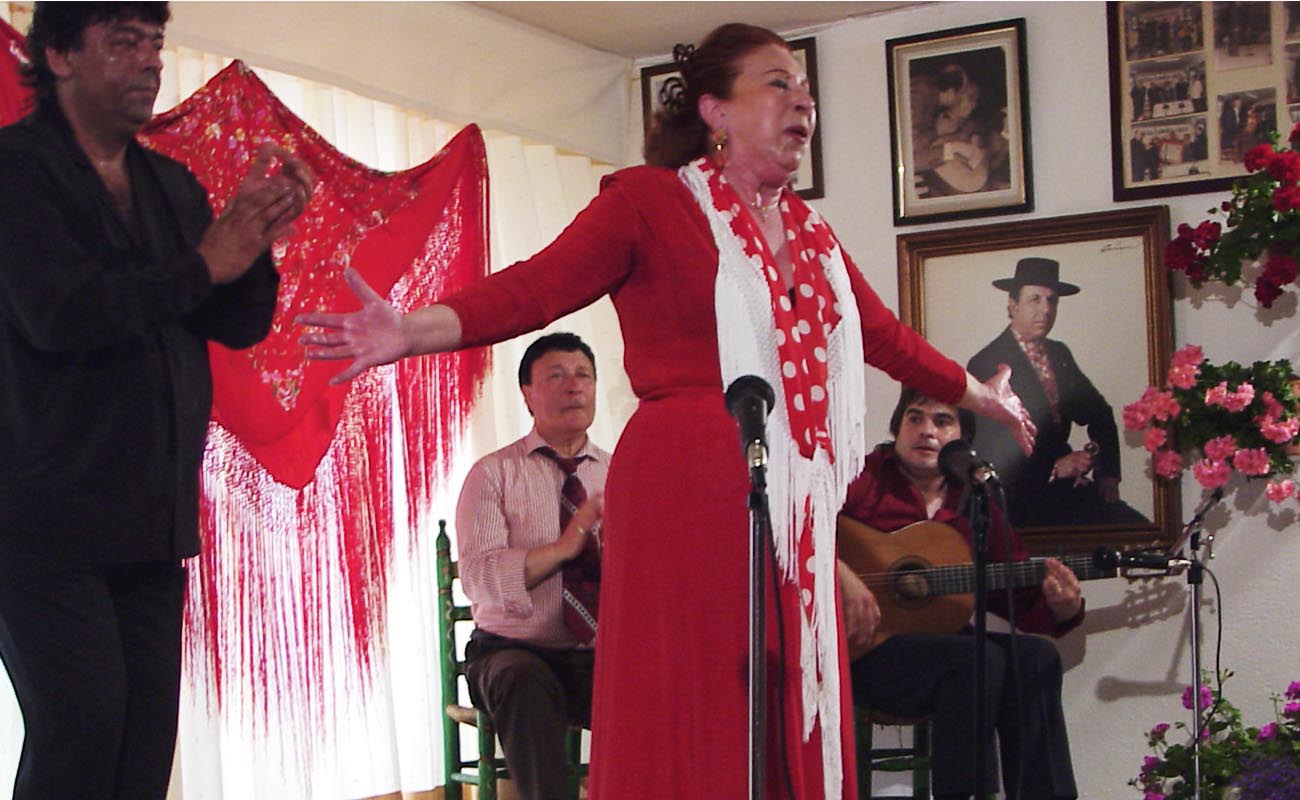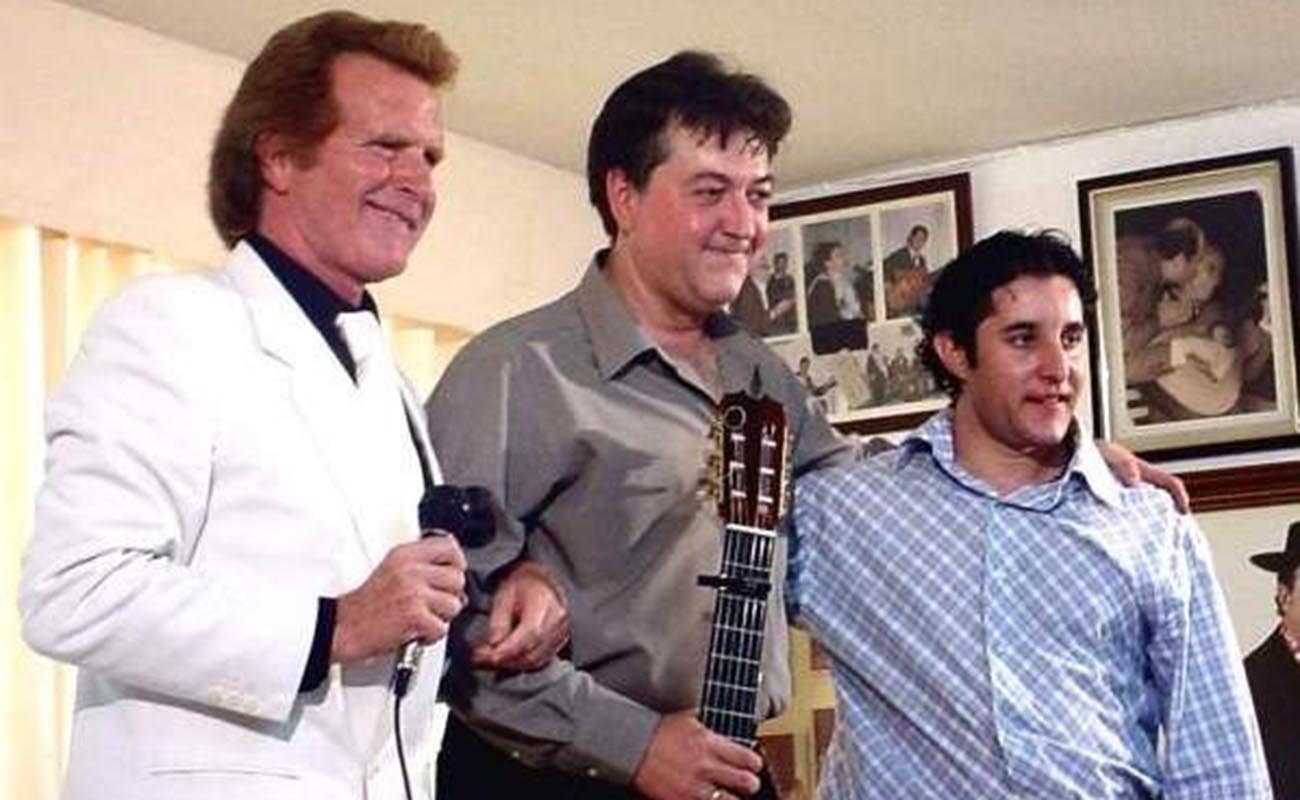Flamenco peñas: lifeblood of the art-form, or anachronism?
In all Spain, not just Andalusia, but also Extremadura, Murcia, Madrid, Cataluña, etc., there are more than 500 flamenco peñas. Just what is a peña flamenca? It’s a semi private sort of social club whose members are flamenco followers.

Not long ago, after a brief discussion via social media regarding flamenco “peñas”, I received several private messages commenting on their relevance, or lack of same. I was surprised by the strong opinions on either side of the question. Those people against peñas complained about the “advanced age” of the members, the air of superiority and their intolerance of new tendencies. By contrast, those defending these institutions insisted on their relevance, neither as informal as a gathering of friends singing around the kitchen table, nor as formal as a night-club or theater.
In all Spain, not just Andalusia, but also Extremadura, Murcia, Madrid, Cataluña, etc., there are more than 500 flamenco peñas. Just what is a peña flamenca? It’s a semi private sort of social club whose members are flamenco followers. Unlike what some people think, they are apt for unaccompanied women who don’t need to dodge insinuations or undesired invitations that might be forthcoming in a standard bar. It’s a place for friends to exchange impressions in general with other flamenco fans, nearly always in an atmosphere that is tolerant of all tendencies based on classic flamenco in the broadest sense. These are meeting-places for sharing a diversity of activities, particularly recitals or informal moments of flamenco singing, dancing and/or guitar, in addition to talks or lectures, classes and graphic expositions.
Not all peñas are alike. There are still some in small towns where you’re more likely to hear the clicking of domino pieces than hand-clapping to a flamenco rhythm, with soccer on the TV to complete the absence of a flamenco atmosphere, and the obligatory bullfight poster. There are others that are little more than makeshift restaurants with tapas, hot meals and alcoholic drinks where flamenco is part of the offering.
Before Spanish law guaranteed the right to assembly, small groups of flamenco friends would pay artists for informal recitals such as took place decades ago in the legendary Los Llorones (the “cry-babies”) in Morón de la Frontera, whose quaint name alluded to the fact that the moving singing heard in these semi-clandestine gatherings would bring tears to the eyes of those present. The story of the current Peña La Platería in Granada had a similar informal beginning around 1949.
Flamenco peñas are the link between the homegrown flamenco that has always nurtured professional flamenco, and the grand international stages. They provide an outlet for emerging interpreters to try new things or improvisations, to be in direct contact with mature artists, guardians of homespun flamenco, and be able to feel the reaction of a small up-close audience. Peñas are the oxygen of this genre and should always receive our support.
Juan Alfonso Romero, President of the Don Antonio Chacón Centro Cultural Flamenco and vice-president of the Federación de Peñas Flamencas de Jerez highlights the importance of the institutional role:
“The role of the peñas is a guarantee of flamenco from its roots, identifying and promoting new talents and flamenco as a hallmark of identity. Currently, the Federation of Jerez is composed of 12 entities. Jerez alone represents more than 25% of all the Peñas in the province of Cádiz.”
Joaquín Fernández Soto “Zambo”, from an important family of flamenco singers, president of the Peña Flamenca Tío José de Paula as well as being a singer himself, had the following to say:
“The peñas are the future as well as childhood memories, protecting and preserving traditional music and customs. With the passing of time we can see it was the right path. These organizations have been among the most important pillars of flamenco. I was fortunate enough to have been one of the founders of Peña Tío José de Paula. We brought people to the fair such as Chocolate, Terremoto, Agujetas, Tío Sordera and Tío Borrico to hear them sing, which was what we wanted, that’s the mission of peña members, to give flamenco the place it deserves. It’s what peñas are about, there was a fine background and now a worthwhile future”.
From the Peña Flamenca Los Cernícalos, with more than a half-century of activity, we have the assessment of Antonio Benítez Manosalbas, one of the founders and elder statesman of Jerez peñas:
“Flamenco peñas have the duty to keep flamenco alive, spread the word and enhance its value. From our flamenco club, by means of the International Guitar Competition, recorded albums, announcements and festivals we’ve organized among many other activities, major figures such as Manuel Agujetas, Manuel Moneo, Paquera de Jerez, Paco de Lucía, and Manolo Sanlúcar have participated.
“We look to the greatness and truth of flamenco. It’s our duty to support the new generation, carriers of the flamenco heritage, and adapt to the changing times, as flamenco itself is precisely that, time within time, a way of life. Flamenco peñas have the duty to promote the art-form, facilitate access to it and transmit it to the world.”
José Manuel Rodríguez, president of the peña La Bulería offers his vision:
“The peñas are meeting places for dedicated followers whose top priority is to spread knowledge of our culture in its three basic forms, singing, guitar and dance. They are of utmost importance as this where new generations of artists emerge. Since the 1950s when flamenco was gaining in popularity throughout Andalusia, all interpreters have passed through the peñas at one time or another.
“At this point in time there are more than 400 Peñas Federadas in Andalusia, and they deserve all the institutional support possible for the work they carry out in favor of this universal art.”

Juan de Juanes, Eduardo Rebollar y Guillermo Cano. Tertulia Flamenca El Gallo de Morón. Foto: Estela Zatania




